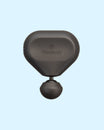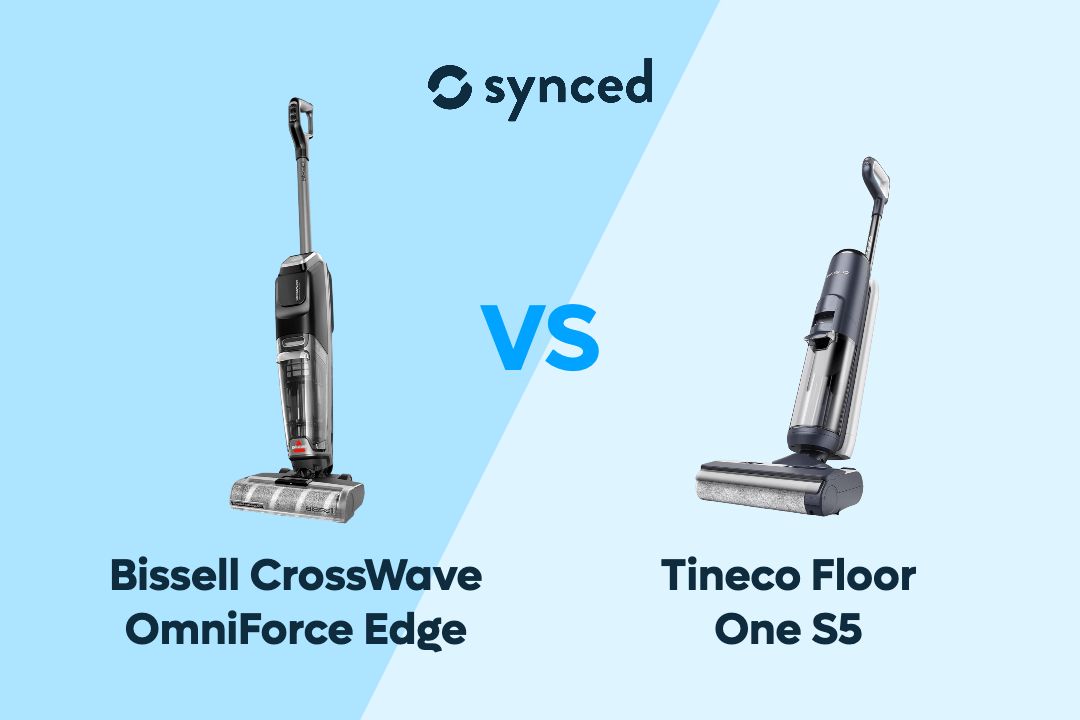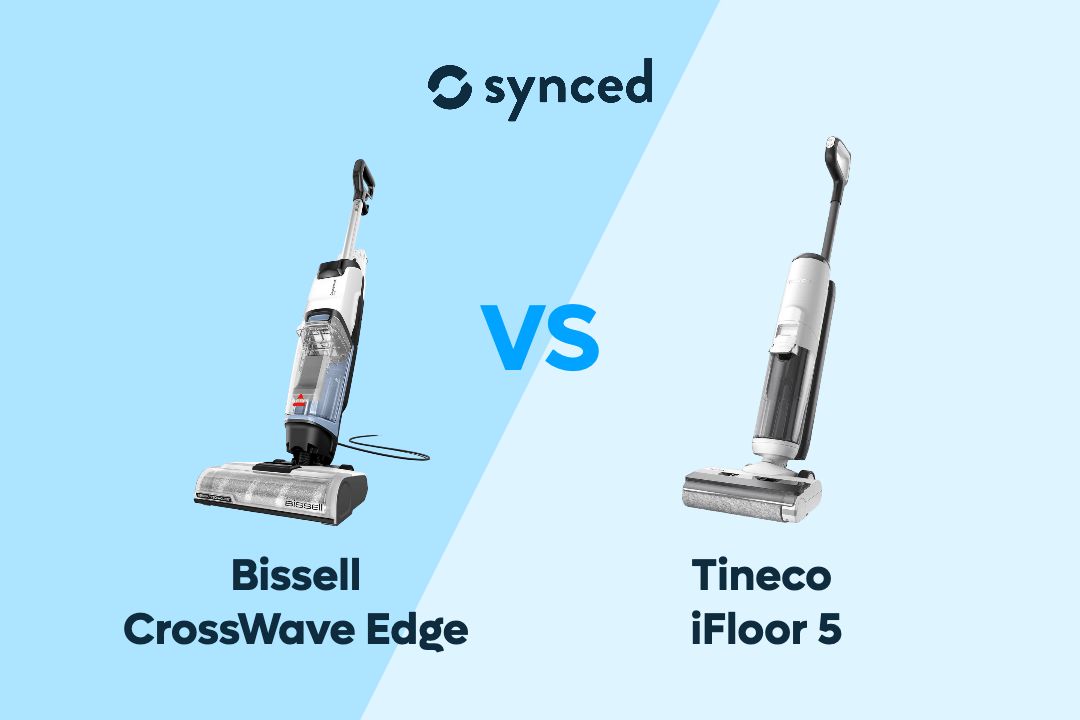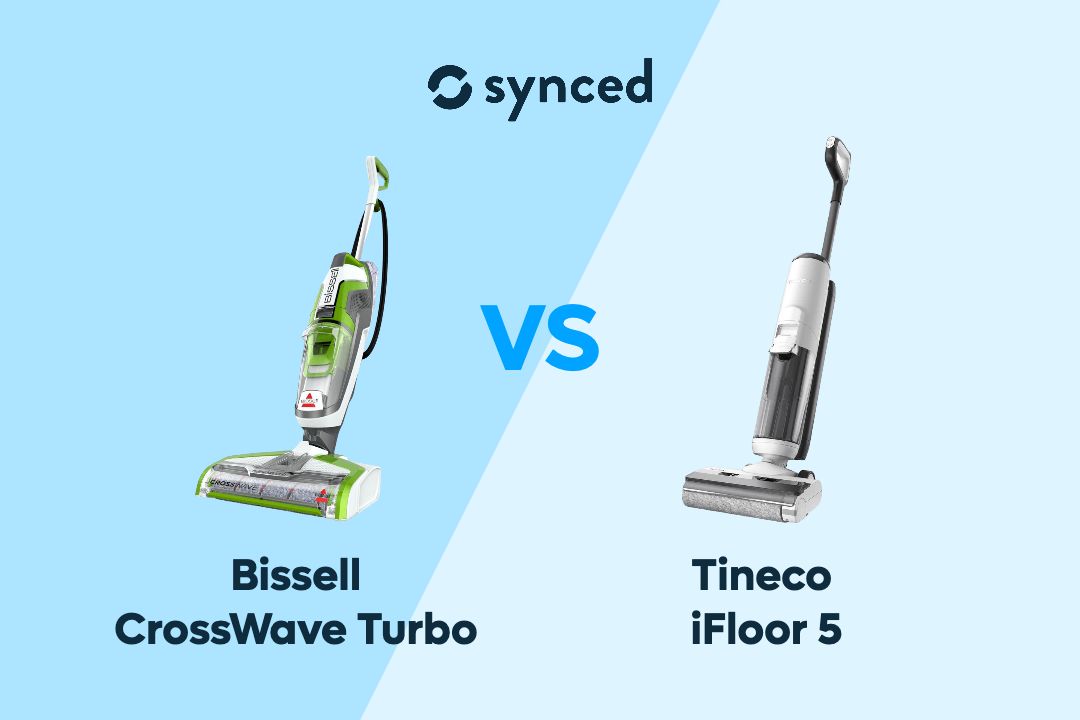LG C4 vs Samsung QN90D: OLED Brilliance Meets Mini-LED Power
By Elisabeth Christ
Published May 2024

In the ever-evolving landscape of television technology, two formidable contenders have emerged, each vying for the crown of the ultimate viewing experience. The LG C4, with its OLED prowess, and the Samsung QN90D, boasting cutting-edge Mini-LED technology, are both pushing the boundaries of what we expect from our screens. This isn't just a battle of brands; it's a clash of philosophies, a duel between two distinct approaches to achieving visual perfection. Buckle up, dear reader, because we're about to embark on a thrilling journey into the heart of this epic showdown. We'll delve into the technical intricacies, dissect the nuances of picture quality, and explore the unique features that set these two TVs apart.
Key Takeaways
The LG C4 and Samsung QN90D are two of the top-performing TVs on the market, each offering distinct advantages. The LG C4 boasts an OLED panel with a near-infinite contrast ratio and 100% DCI-P3 color accuracy, delivering unparalleled picture quality and deep blacks. In contrast, the Samsung QN90D utilizes Mini-LED technology, providing a peak brightness of 2,000 nits and a 120Hz refresh rate, making it an excellent choice for HDR content and fast-paced gaming.


LG OLED Evo C4
Better Choice for Movie Enthusiasts
✓ 8 million self-lit pixels, 100% Color Volume, and 100% Color Fidelity for rich, accurate colors
✓ Various ports for flexible connectivity
✓ Adaptive Sound Control for real-time audio balancing
✓ AI Picture Wizard to creates a picture tailored to the viewer's taste

Samsung QN90D
Better Choice for Bright Room Viewing
✓ NQ4 AI Gen2 Processor with intelligent features that enhance the viewing experience
✓ Quantum Matrix Technology for detailed imaging by ultra-fine light control
✓ Motion Xcelerator 144Hz
✓ Ultra-slim design
#1 Price & Design

LG OLED Evo C4
The LG C4 and Samsung QN90D, while both premium TVs, cater to different budgets. The Lg oleD evo C4, starting at $1,999 for the 55-inch model, offers a more affordable entry point into the OLED world. Its sleek, minimalist design with incredibly thin bezels exudes a modern aesthetic. The Samsung QN90D, on the other hand, starts at the same $1,999 price tag, for the same size as well and can go up to a staggering $14,999 for the 98-inch model. Its design is equally impressive, with a slim profile and a minimalist stand. However, the QN90D's premium price point reflects its advanced Mini-LED technology and larger screen size options.
Both TVs offer excellent build quality and premium materials, ensuring longevity and a touch of luxury in your living room. The LG C4's minimalist design seamlessly blends into any decor, while the Samsung QN90D's larger size options make it a statement piece for those who want to go big.
#2 Image Quality

Samsung QN90D
The LG C4's OLED panel delivers exceptional picture quality, renowned for its perfect blacks, infinite contrast, and wide viewing angles. Its self-emissive pixels can turn on and off individually, resulting in unmatched contrast and vibrant colors. Additionally, the C4 supports HDR10, HLG, and Dolby Vision, delivering stunning visuals with exceptional detail and dynamic range.
On the other hand, the Samsung QN90D's Mini-LED technology, while not OLED, still offers impressive picture quality. Its Quantum Matrix Technology with Mini LEDs provides precise backlighting control, resulting in deep blacks, bright highlights, and minimal blooming. The QN90D also supports HDR10+, HLG, and HDR10, delivering vibrant and lifelike visuals. Both TVs offer exceptional picture quality, but the LG C4's OLED panel has the edge in terms of black levels and viewing angles. However, the Samsung QN90D's Mini-LED technology offers brighter highlights and a wider color gamut, making it a better choice for bright rooms or HDR content.
#3 Sound Quality

LG OLED Evo C4
The LG C4's audio performance is decent, with its 40W 2.2 channel speakers delivering clear dialogue and adequate sound for most content. However, it lacks the depth and immersion of a dedicated soundbar or surround sound system. On the contrary, the Samsung QN90D boasts a more impressive 60W 4.2.2 channel audio system with Object Tracking Sound Pro and Q-Symphony. This technology tracks objects on-screen and moves the sound accordingly, creating a more immersive audio experience.
While both TVs offer decent sound quality, the Samsung QN90D's audio system is a clear winner with its more powerful speakers and advanced features.
#4 Features & Performance

Samsung QN90D
Both the LG C4 and Samsung QN90D are packed with features and deliver impressive performance. The LG C4 boasts the new α9 Gen5 AI Processor 4K, which enhances picture and sound quality through AI-powered algorithms. It also features a 120Hz native refresh rate, NVIDIA G-Sync, AMD FreeSync Premium, and VRR support, making it an excellent choice for gamers.
Moving to the contender, the Samsung QN90D is powered by the NQ4 AI Gen2, which also leverages AI to upscale content and optimize picture quality. It offers a 120Hz native refresh rate, FreeSync Premium Pro support, and Samsung's Game Bar for an enhanced gaming experience. Both TVs run on their respective smart TV platforms, with the LG C4 using webOS and the Samsung QN90D using Tizen.
#5 Potential Drawbacks

LG OLED Evo C4
Despite the tempting features and impressive qualities, both TVs are not without flaws. The LG C4, being an OLED TV, is susceptible to burn-in, although it's less of a concern with modern OLED panels. It also might not be the best choice for very bright rooms due to its lower peak brightness compared to the Samsung QN90D.
The Samsung QN90D, while offering impressive brightness, might suffer from some blooming around bright objects due to its Mini-LED backlighting. Its local dimming algorithm is aggressive, which can sometimes lead to crushed blacks. Both TVs are premium models with a high price tag. The LG C4's smaller sizes might be limiting for those who want a larger screen, while the Samsung QN90D's higher price point might not be justifiable for some people.
LG C4 vs Samsung QN90D
Final Thoughts

LG C4 vs Samsung QN90D
In the clash of OLED brilliance and Mini-LED power, the LG C4 and Samsung QN90D each offer a compelling case for your viewing pleasure. If you crave cinematic perfection with inky blacks, wide viewing angles, the LG C4 is your champion. However, if you yearn for breathtaking brightness, a wider color gamut, and don't mind splurging for the best, the Samsung QN90D might steal your heart.
Ultimately, the choice boils down to your individual priorities and viewing habits. Consider your budget, the lighting conditions in your viewing environment, and the type of content you primarily enjoy. Whether you're a movie buff seeking cinematic immersion, a sports enthusiast craving vibrant action, or a gamer demanding smooth, responsive gameplay, both the LG C4 and Samsung QN90D offer a compelling package of features and performance.
If you like to read more about Smart TVs, check out our other relevant guides here:
Samsung QN800D vs QN900D
Samsung QN85C vs QN85D
Samsung QN90D vs QN90C
Samsung QN900C vs QN900D
Samsung QN800C vs QN800D
Don't miss out on tech
Subscribe to our newsletter to stay up to date on the latest tech trends and guides on the best gadgets around.







